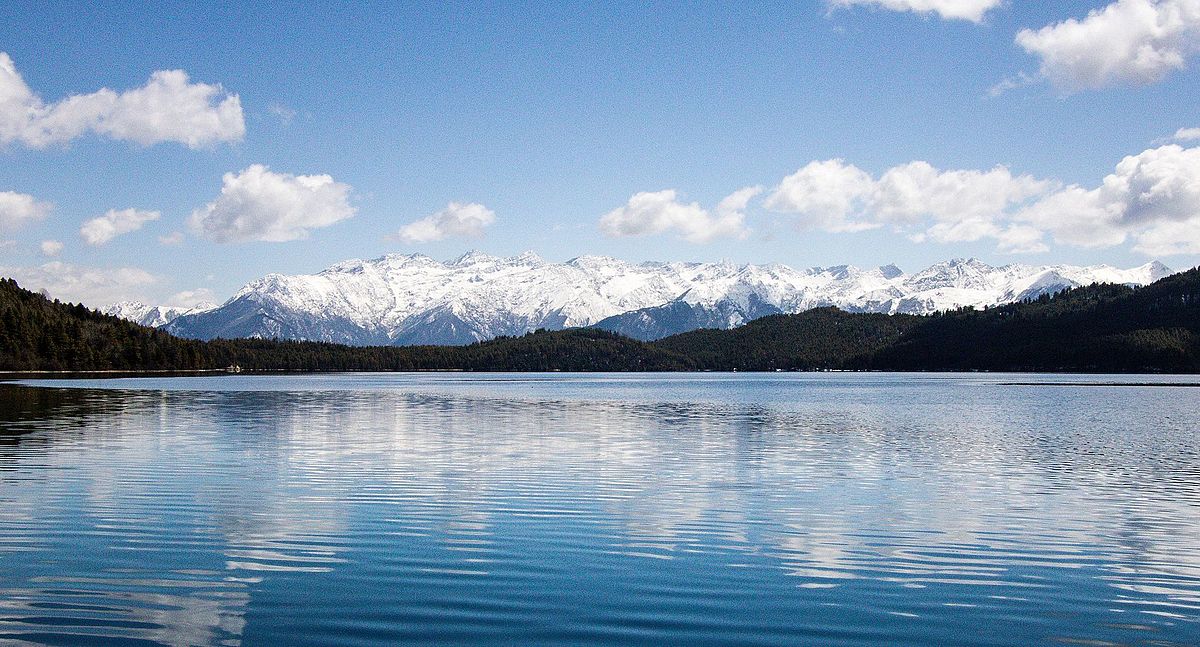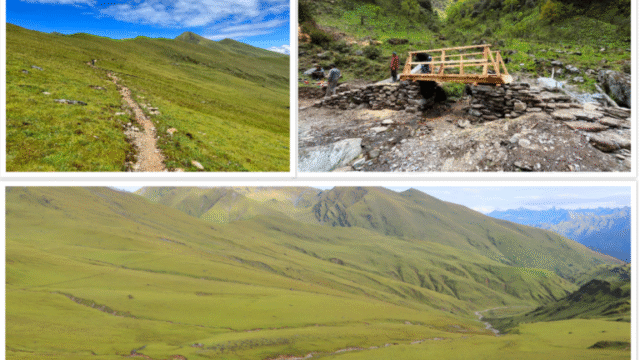Rara, nestled in the remote Mugu district of Nepal, is rapidly emerging as one of the country’s most enchanting destinations. Renowned for its breathtaking natural beauty and serene environment, Rara Lake, the largest lake in Nepal, is at the heart of this picturesque region. As Nepal’s tourism sector continues to evolve, Rara is becoming a prime attraction for those seeking tranquil and pristine landscapes.
Rara Lake, located at an altitude of 2,990 meters, offers a stunning blue expanse surrounded by snow-capped peaks and lush forests. The lake’s serene waters and the untouched natural beauty of the surrounding Rara National Park make it a perfect destination for nature lovers, trekkers, and adventure enthusiasts.
Established in 1976, Rara National Park encompasses an area of 1060 square kilometers, protecting the diverse flora and fauna of the region. The park is home to rare wildlife species such as the red panda, Himalayan tahr, and musk deer, along with a variety of bird species. The park’s diverse ecosystems, ranging from subtropical forests to alpine meadows, offer an unparalleled experience for wildlife enthusiasts and trekkers.
The trek to Rara Lake is known for its challenging yet rewarding experience. The journey, which can take 6 to 10 days, passes through remote villages, dense forests, and high mountain passes, providing trekkers with a unique insight into the local culture and natural beauty. The trek offers spectacular views of the surrounding peaks, including the Kanjiroba Himal and the Siuna Himal ranges.
Rara holds significant cultural value for the local communities, predominantly the Mugu and Jumla ethnic groups. The area’s cultural heritage, traditional practices, and festivals add a rich layer to the travel experience. Visitors can immerse themselves in the local way of life, including traditional dances, festivals, and artisanal crafts.
The Nepalese government and various tourism organizations are actively working to promote Rara as a key destination in Nepal’s tourism portfolio. Initiatives include improving infrastructure, such as better access roads and enhanced air connectivity, to facilitate easier travel to the region. Efforts are also underway to develop sustainable tourism practices that preserve the natural environment and support local communities.
Travelers to Rara can expect an off-the-beaten-path experience, with opportunities for peaceful reflection, nature walks, and photography. The area’s isolation means that visitors will enjoy a sense of tranquility and a break from the bustling tourist hotspots.
Rara’s allure as a tourism destination lies in its pristine natural beauty, rich biodiversity, and cultural heritage. As infrastructure improves and awareness grows, Rara is set to become a must-visit destination for those seeking an authentic and serene experience in Nepal. With its unique combination of scenic landscapes, adventure opportunities, and cultural richness, Rara is poised to shine brightly in Nepal’s tourism landscape.






